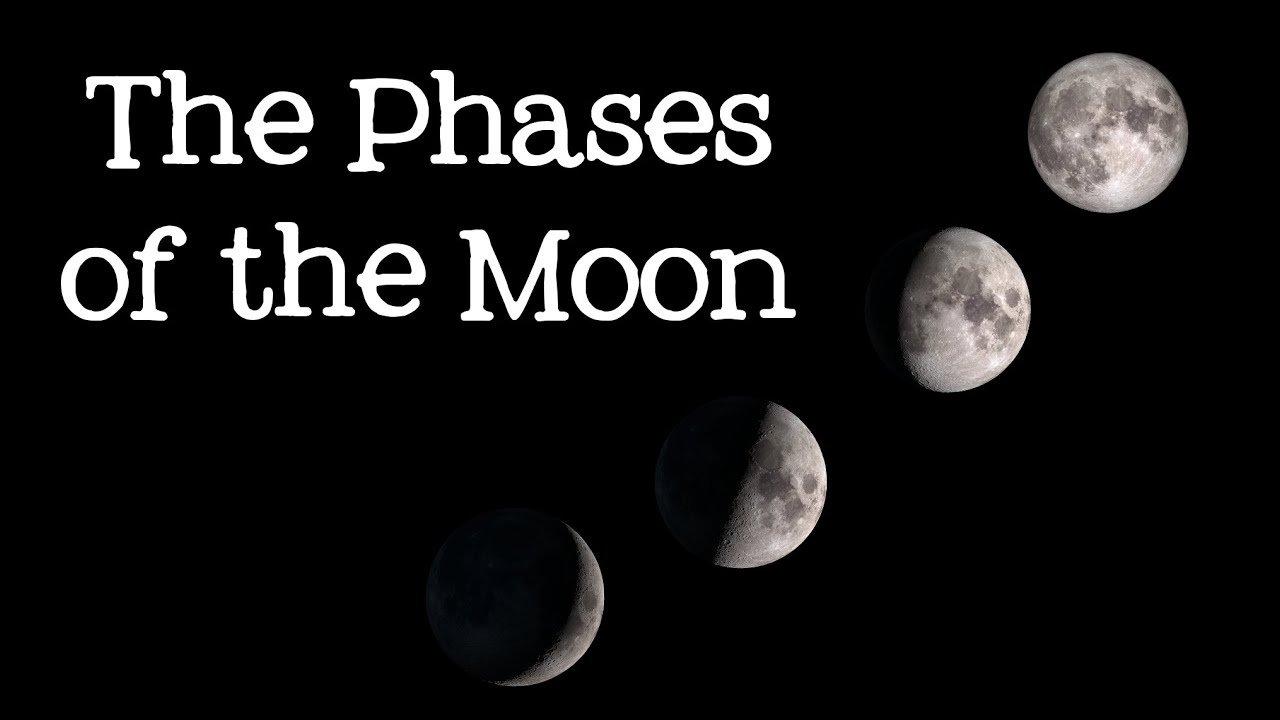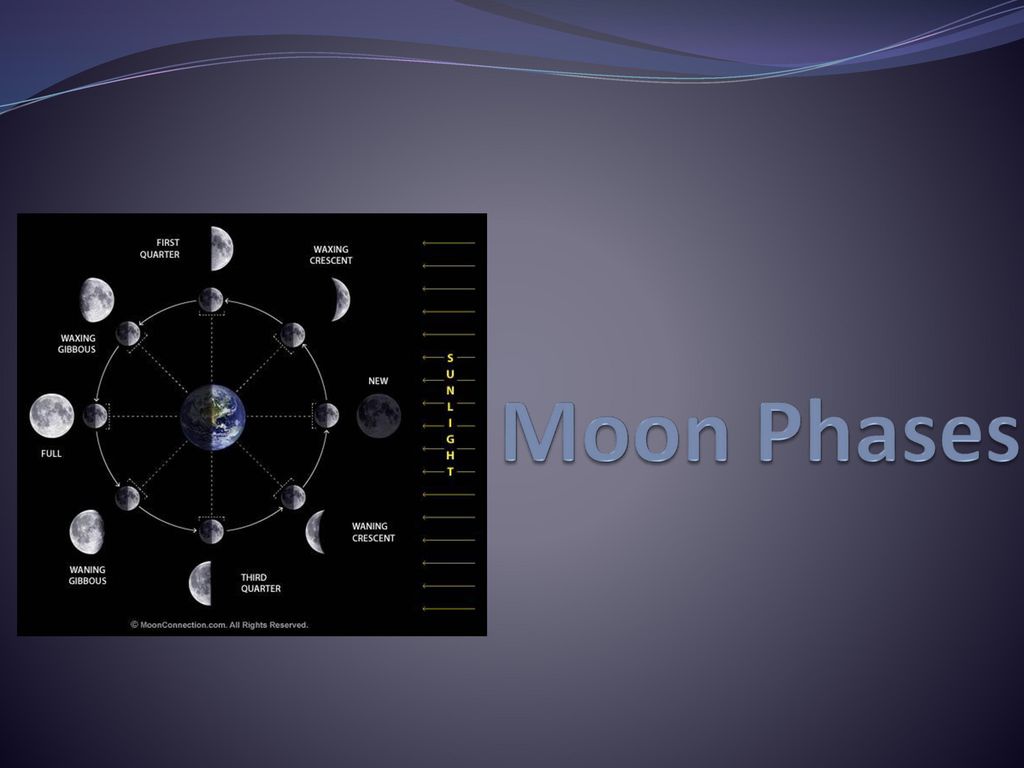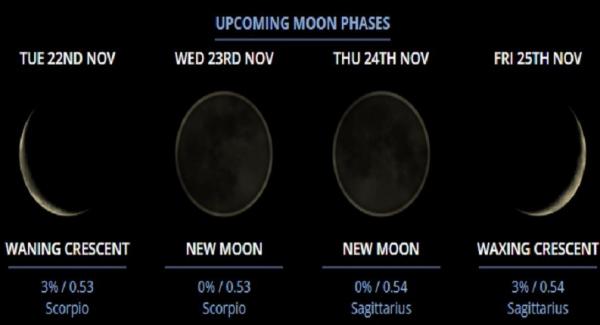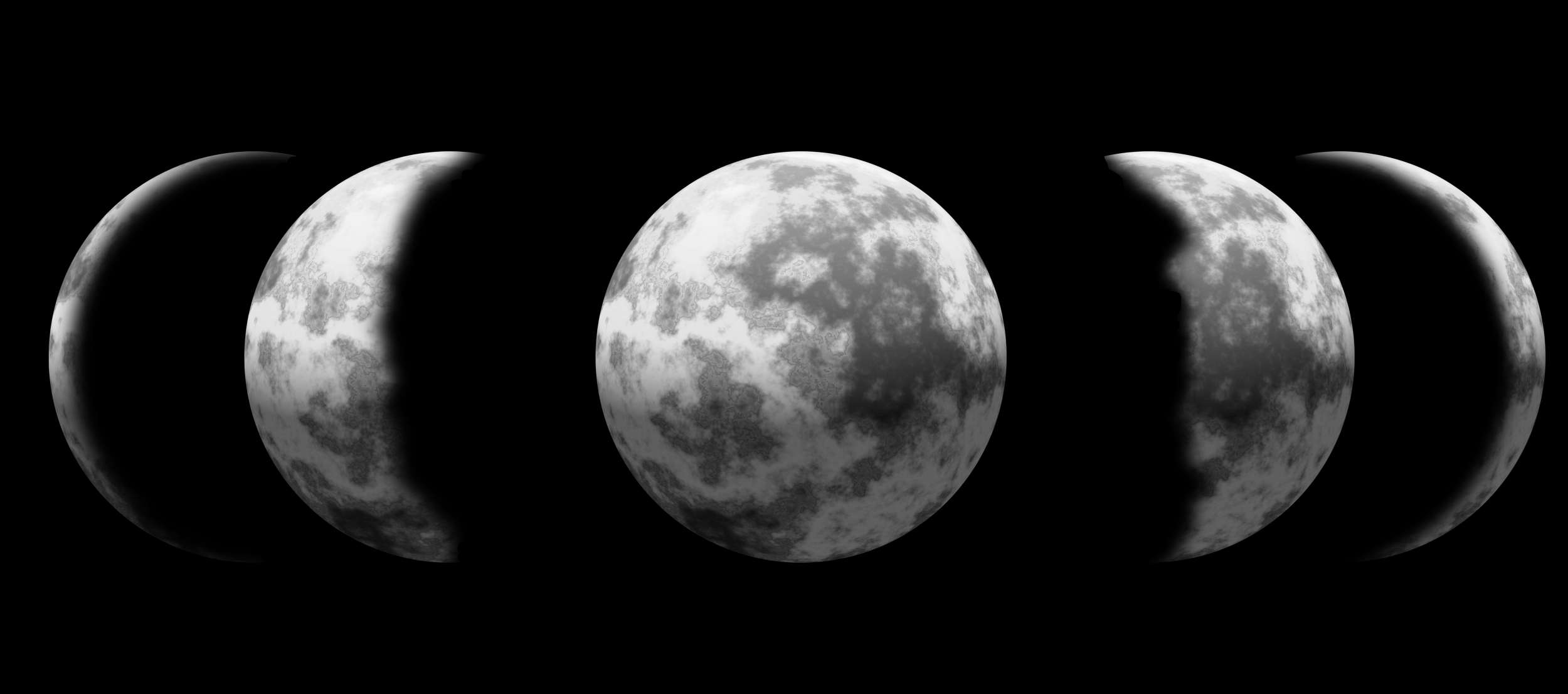The Moon has long been a source of fascination for humans, with its cyclical phases captivating our imagination and influencing our lives. At
timeanddate.com, you can explore the intricacies of the lunar cycle and stay updated on the current phase of the Moon. In this article, we'll delve into the different phases of the Moon, their characteristics, and what they signify.
Introduction to the Lunar Cycle
The Moon orbits the Earth in approximately 29.5 days, completing a full cycle of phases. The lunar cycle is divided into eight distinct phases, each with its unique features and astronomical significance. Understanding these phases can help you appreciate the Moon's role in our solar system and its impact on our daily lives.
The Eight Phases of the Moon
1.
New Moon: The first phase of the lunar cycle, where the Moon is positioned between the Earth and the Sun, making it invisible from our planet.
2.
Waxing Crescent: As the Moon moves away from the New Moon phase, we see a growing crescent shape in the sky, increasing in size and brightness.
3.
First Quarter: The Moon has completed one-quarter of its orbit, with half of its illuminated surface facing the Earth.
4.
Waxing Gibbous: The Moon continues to grow in size and brightness, with more of its illuminated surface visible from our planet.
5.
Full Moon: The Moon is now on the opposite side of the Earth from the Sun, making it fully visible and at its brightest.
6.
Waning Gibbous: The Moon begins to decrease in size and brightness, with less of its illuminated surface visible from the Earth.
7.
Last Quarter: The Moon has completed three-quarters of its orbit, with half of its illuminated surface facing away from the Earth.
8.
Waning Crescent: The final phase of the lunar cycle, where the Moon appears as a thin crescent in the sky, decreasing in size and brightness until it reaches the New Moon phase again.
Why the Phases of the Moon Matter
The lunar cycle has significant effects on our planet, from the tides to the stability of the Earth's axis. The phases of the Moon also play a crucial role in various cultural and astronomical events, such as:
Tidal patterns: The gravitational pull of the Moon influences the ocean's tides, with the Full Moon and New Moon phases causing higher high tides and lower low tides.
Astronomical events: The lunar cycle is essential for predicting eclipses, planetary alignments, and other celestial events.
Cultural significance: The phases of the Moon have been a source of inspiration for art, literature, and spirituality throughout human history.
The phases of the Moon are a fascinating and complex phenomenon, offering insights into the workings of our solar system. By understanding and appreciating the lunar cycle, we can gain a deeper connection to the natural world and the celestial bodies that surround us. Visit
timeanddate.com to stay updated on the current phase of the Moon and explore the many resources and tools available to help you navigate the wonders of the lunar cycle. Whether you're an astronomy enthusiast or simply curious about the night sky, the phases of the Moon are sure to captivate and inspire you.








